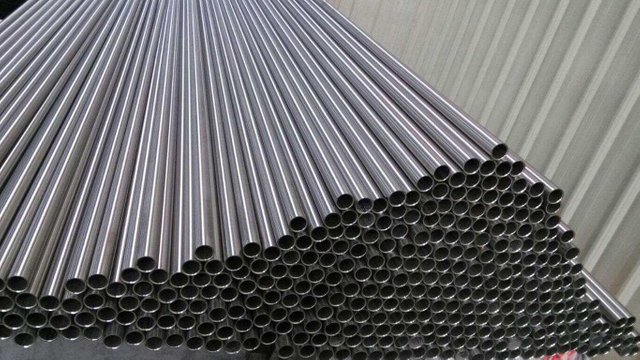Stainless Steel 304 Tubing vs. Inconel 600 Tubing
Stainless Steel 304 tubing and Inconel 600 tubing are two widely used materials in various industries, each offering unique properties and advantages. In this blog, we'll delve into the characteristics, applications, and key differences between Stainless Steel 304 tubing and Inconel 600 tubing to help you decide when choosing between them for your specific needs.

Stainless Steel 304 Tubing
Stainless Steel 304 tubing is a versatile and widely used material known for its corrosion resistance, durability, and affordability. It is an austenitic stainless steel alloy composed primarily of chromium and nickel, with small amounts of carbon, manganese, and other elements.
Key Features of Stainless Steel 304 Tubing
- Corrosion Resistance Stainless Steel 304 tubing offers excellent resistance to corrosion in a wide range of environments, including atmospheric, chemical, and marine settings.
- Versatility It is highly versatile and suitable for various applications in industries such as food and beverage, pharmaceuticals, automotive, and construction.
- Cost-Effective Stainless Steel 304 tubing is relatively affordable compared to some other corrosion-resistant alloys, making it a cost-effective choice for many applications.
Applications of Stainless Steel 304 Tubing
- Food processing equipment
- Chemical processing plants
- Automotive exhaust systems
- Architectural structures
- Medical devices and equipment
Inconel 600 Tubing
Inconel 600 tubing is a nickel-chromium alloy known for its high strength, oxidation resistance, and excellent corrosion resistance in extreme environments. It is composed primarily of nickel, chromium, and iron, with small amounts of other elements such as copper and manganese.
Key Features of Inconel 600 Tubing
- High-Temperature Resistance Inconel 600 tubing retains its strength and oxidation resistance at elevated temperatures, making it suitable for high-temperature applications.
- Corrosion Resistance It offers exceptional resistance to corrosion in harsh environments, including acidic and alkaline solutions and chloride-containing environments.
- High Strength Inconel 600 tubing exhibits high tensile strength and good mechanical properties, making it ideal for high stress and mechanical loads applications.
Applications of Inconel 600 Tubing
- Aerospace components
- Gas turbine engines
- Chemical processing equipment
- Heat exchangers
- Nuclear reactors
Comparative Analysis
-
Corrosion Resistance While Stainless Steel 304 and Inconel 600 offer excellent corrosion resistance, Inconel 600 is better suited for more corrosive environments, especially those containing acids, salts, and alkaline solutions.
-
Temperature Resistance Inconel 600 has superior high-temperature resistance compared to Stainless Steel 304, making it the preferred choice for applications involving elevated temperatures, such as aerospace and gas turbine engines.
-
Cost Stainless Steel 304 tubing is generally more cost-effective than Inconel 600 tubing, making it a popular choice for applications where high temperature or extreme corrosion resistance is not required.
Conclusion
In summary, Stainless Steel 304 tubing and Inconel 600 tubing offer unique properties and advantages for various industrial applications. Stainless Steel 304 tubing is a versatile and cost-effective option suitable for many environments, while Inconel 600 tubing excels in high-temperature and corrosive environments. When selecting between the two materials, it's essential to consider the specific requirements of your application, including temperature, corrosion resistance, and budget, to determine the most suitable option for your needs.